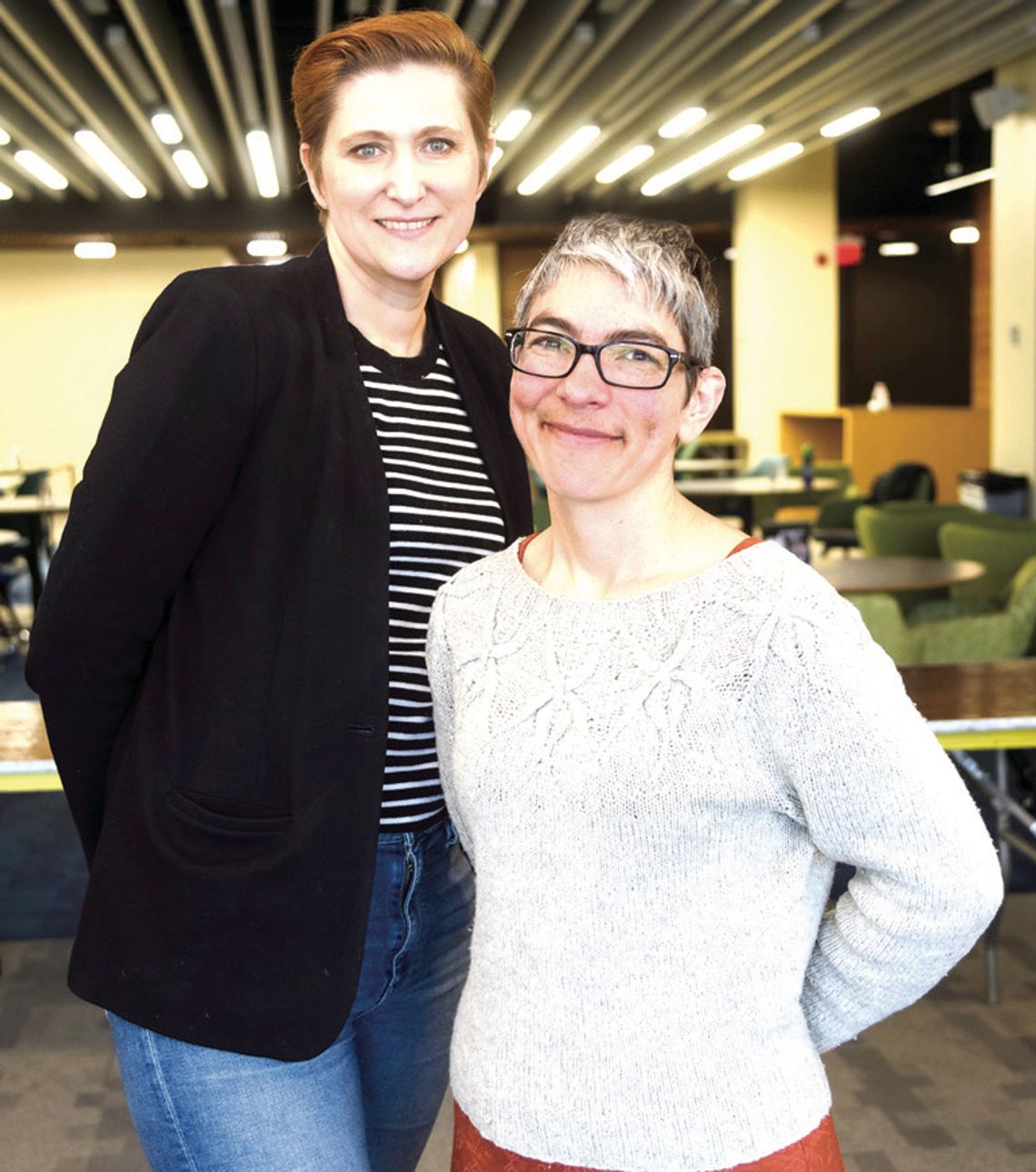Washington and Lee University professors Natalia Toporikova and Nadia Ayoub have received a National Science Foundation grant to support their research on the circadian rhythm of spiders. The $343,760 grant will fund a three-year collaborative study between researchers from W&L, Pennsylvania State University, and East Tennessee State University.
Toporikova, an associate professor of biology, will serve as the principal investigator for the study, with Ayoub, a professor of biology, serving as co-principal investigator.
The study will investigate the adaptability of spiders’ circadian rhythms in environments with varying patterns of light and dark cycles. According to preliminary research, spiders are capable of adjusting their internal clocks when confronted with a changing daylight cycle, as opposed to humans, who will suffer health consequences when their daylight cycle is modified (e.g., jet lag when traveling).
The spiders will be placed in varying cycles of light and darkness, and the team will examine how the spiders’ behavior patterns shift during these cycles, as well as what’s happening on a cellular level to influence these patterns. Hypothesizing that spiders’ ability to adjust their circadian rhythms to their surroundings is an inherited trait, the study will collect tissue from the spiders every 3 hours and measure their gene expression to determine any patterns that allow this adaptability.
Focusing on spiders addresses a gap in current research and offers a unique viewpoint because of the size and scope of the data sample.
“We can look at so many different species of spiders, spanning millions of years of evolutionary time, and compare their clocks,” Ayoub said. “We’re able to capitalize on the diversity of spiders’ circadian behaviors to find commonalities in genes that could be driving big fluctuations in their clocks, and there’s no other system that has been leveraged in that way for circadian biology.”
The significance of the study extends to the opportunities it provides for collaborative and interdisciplinary research, not only for the participating institutions but for the undergraduate students at W&L taking part in the study. In a clear example of how W&L facilitates research opportunities for faculty and students alike, students from a range of disciplines, including neuroscience, data science, physics, engineering, and biology, have the chance to be involved in this project.
“This is an open-ended project, which can be really exciting for students to experience first-hand since they are usually exposed to more controlled scenarios in a classroom setting,” Toporikova said. “They get to see all the reworking and rethinking that goes into formulating, and testing a hypothesis. And with this project, we’re bringing different disciplines together, and learning different techniques and modes of communication.”
“Our project provides a model for how collaborative science really is and having it nationally recognized as important scientific work brings opportunities to faculty and students,” Ayoub said. “When we say we’re doing research with our students, it’s for real.”
Ayoub joined W&L’s faculty in 2009, following a post-doctoral fellowship through the National Institutes of Health at the University of California, Riverside. She received her bachelor’s degree from the University of Georgia and her doctorate from the University of Tennessee. Toporikova earned her doctorate at Florida State University and was a postdoctoral fellow at Mc-Gill University in Montreal, Quebec, and the Georgia Institute of Technology prior to coming to W&L in 2012.





